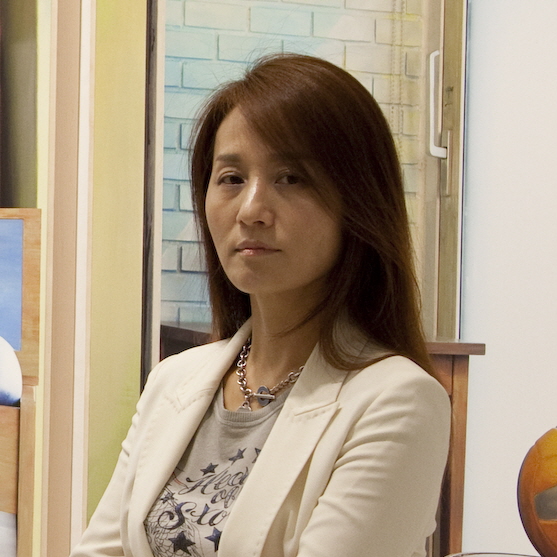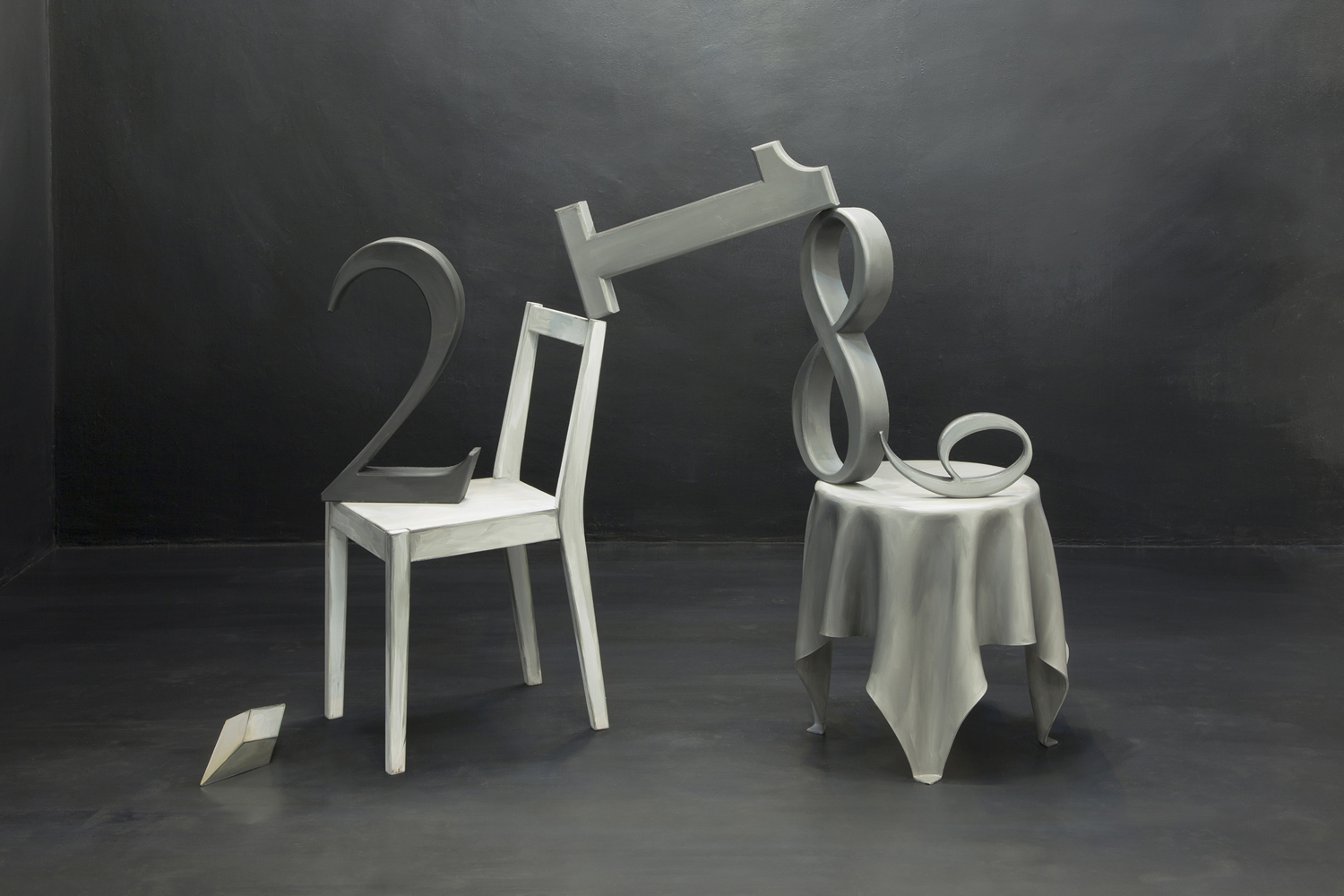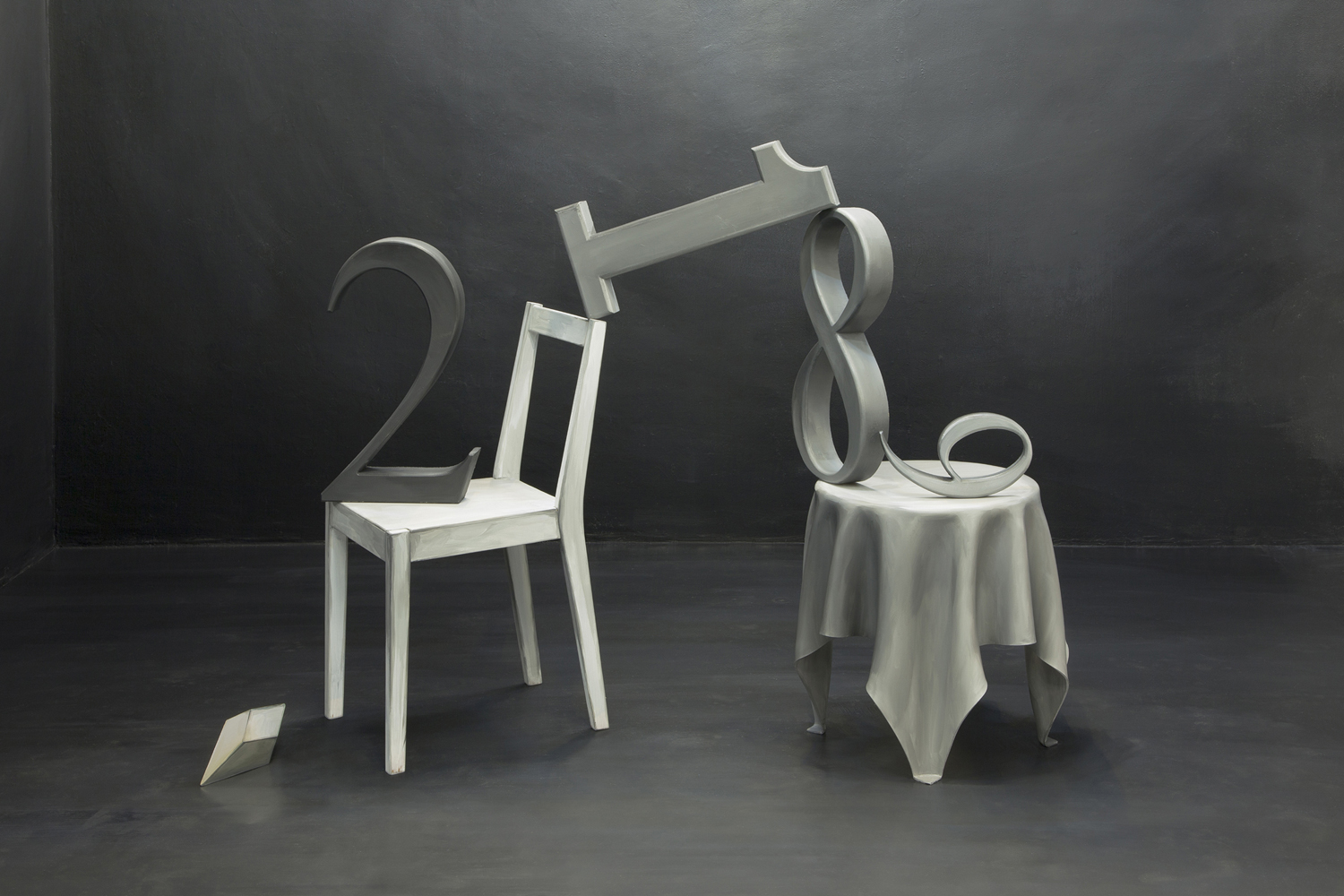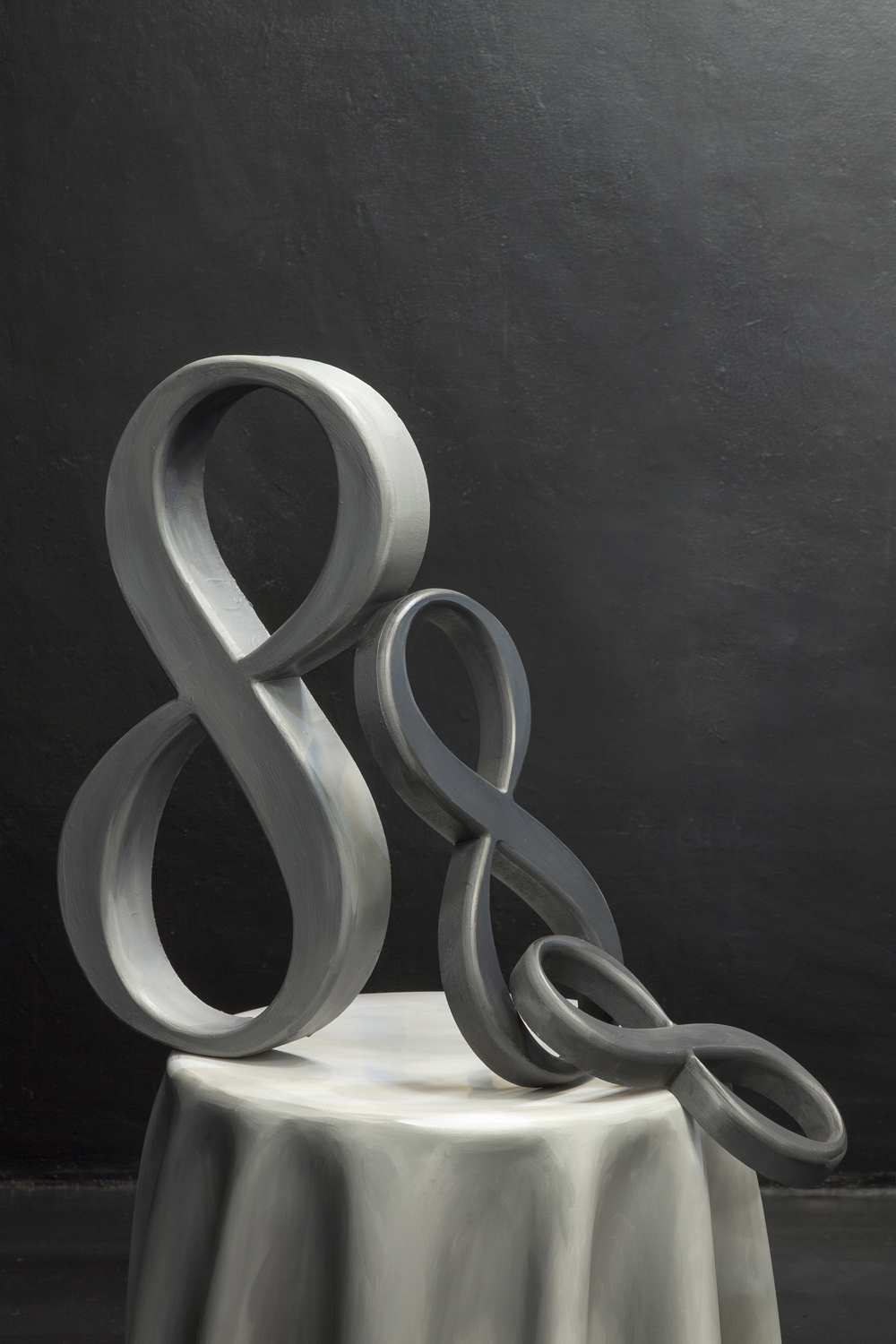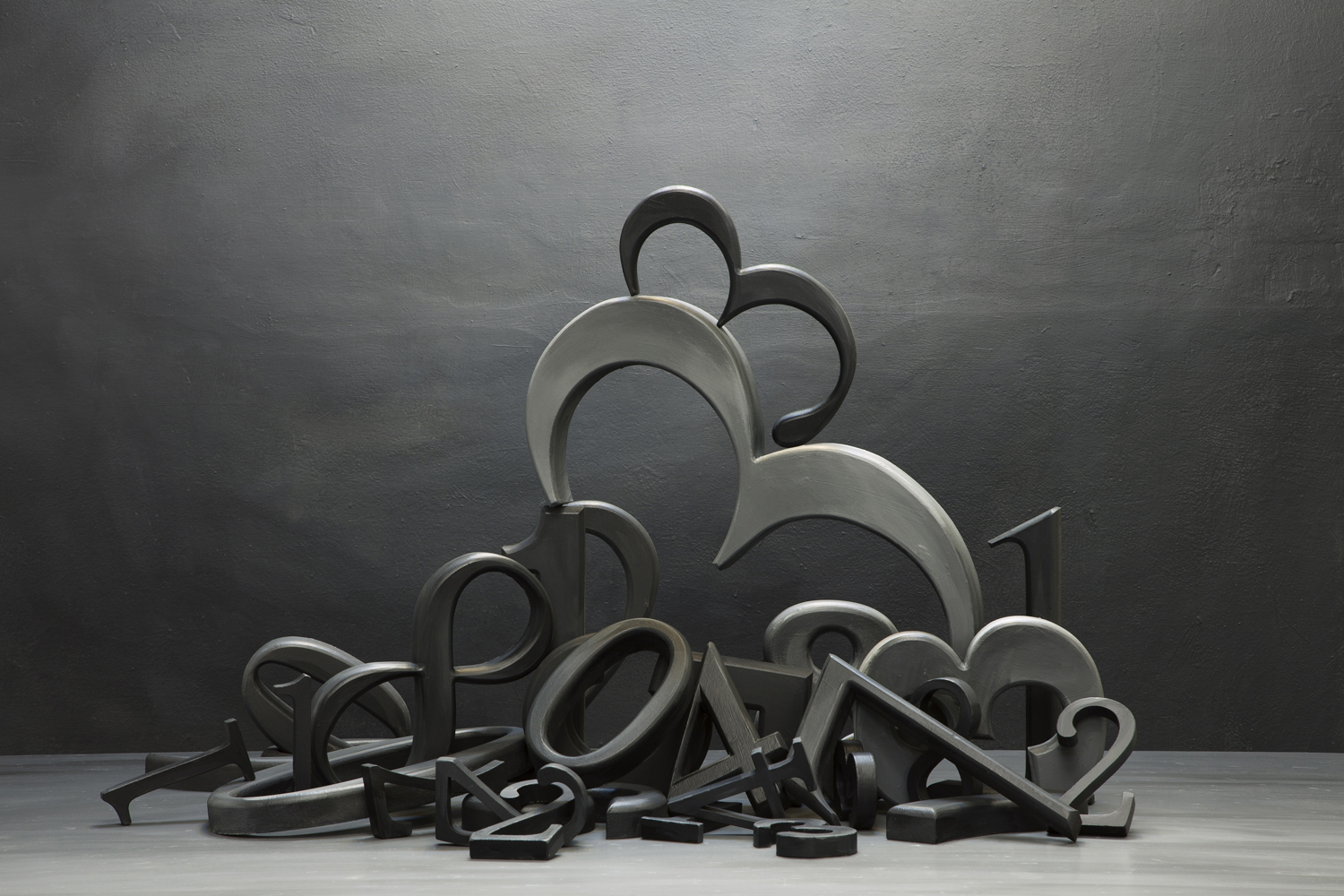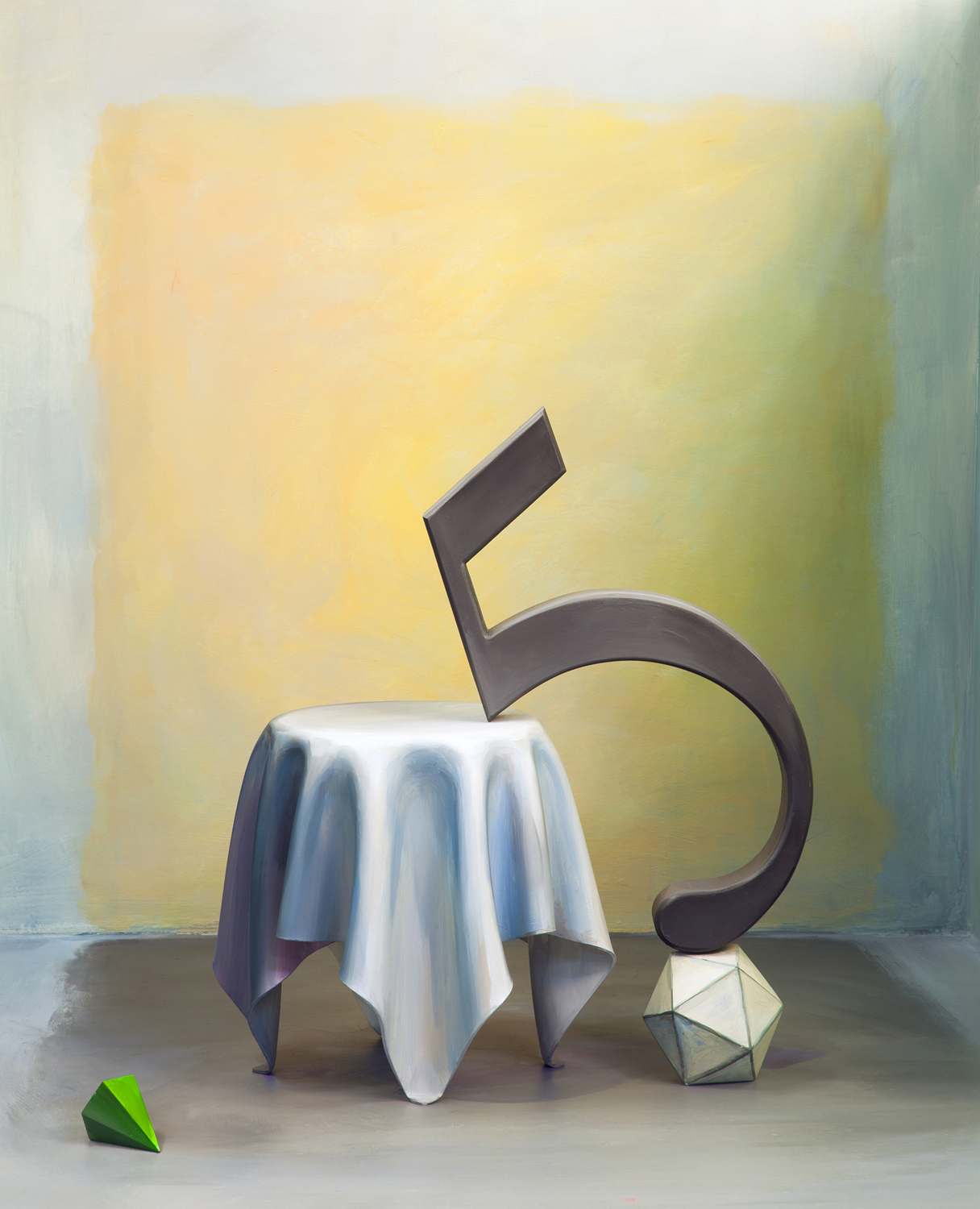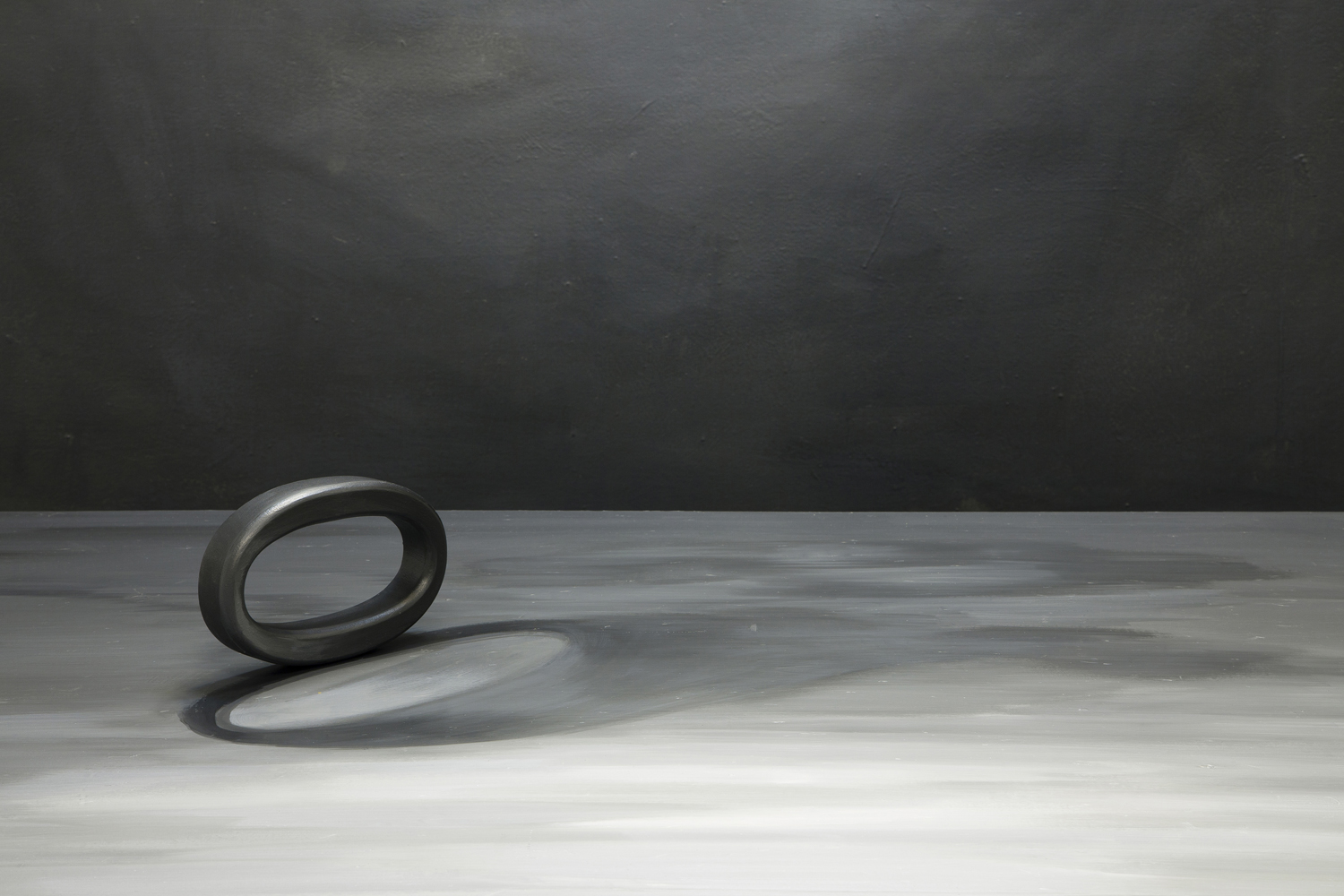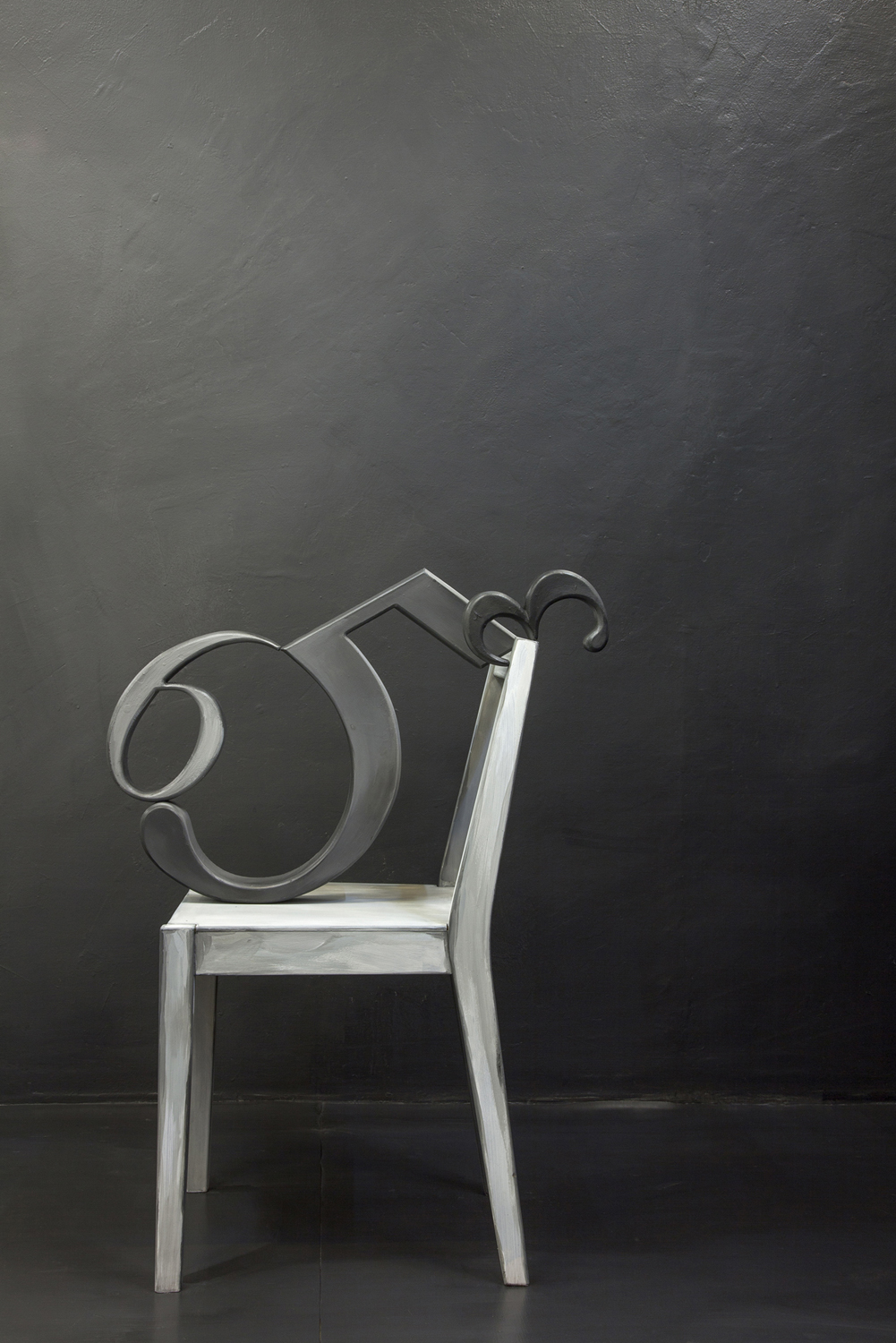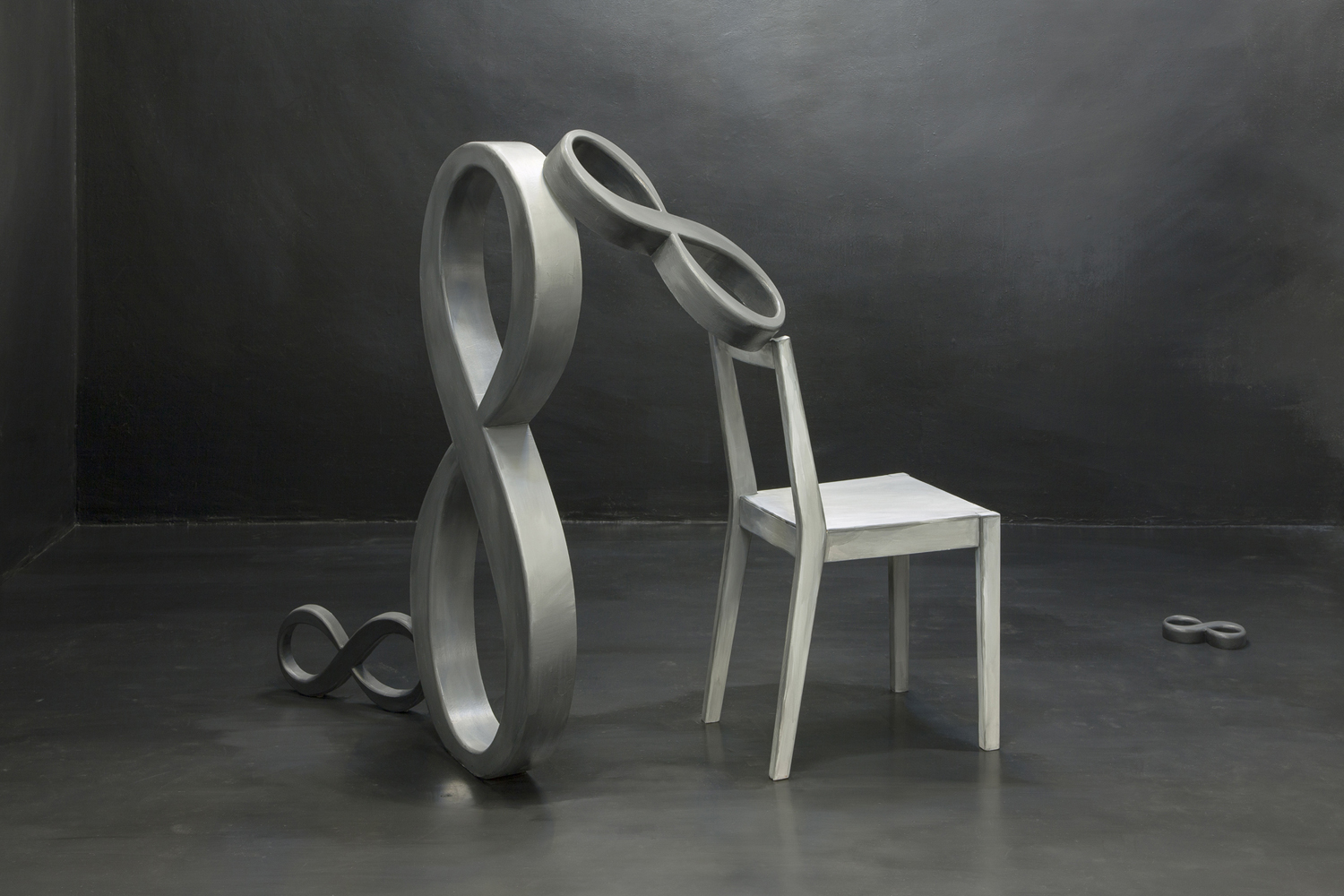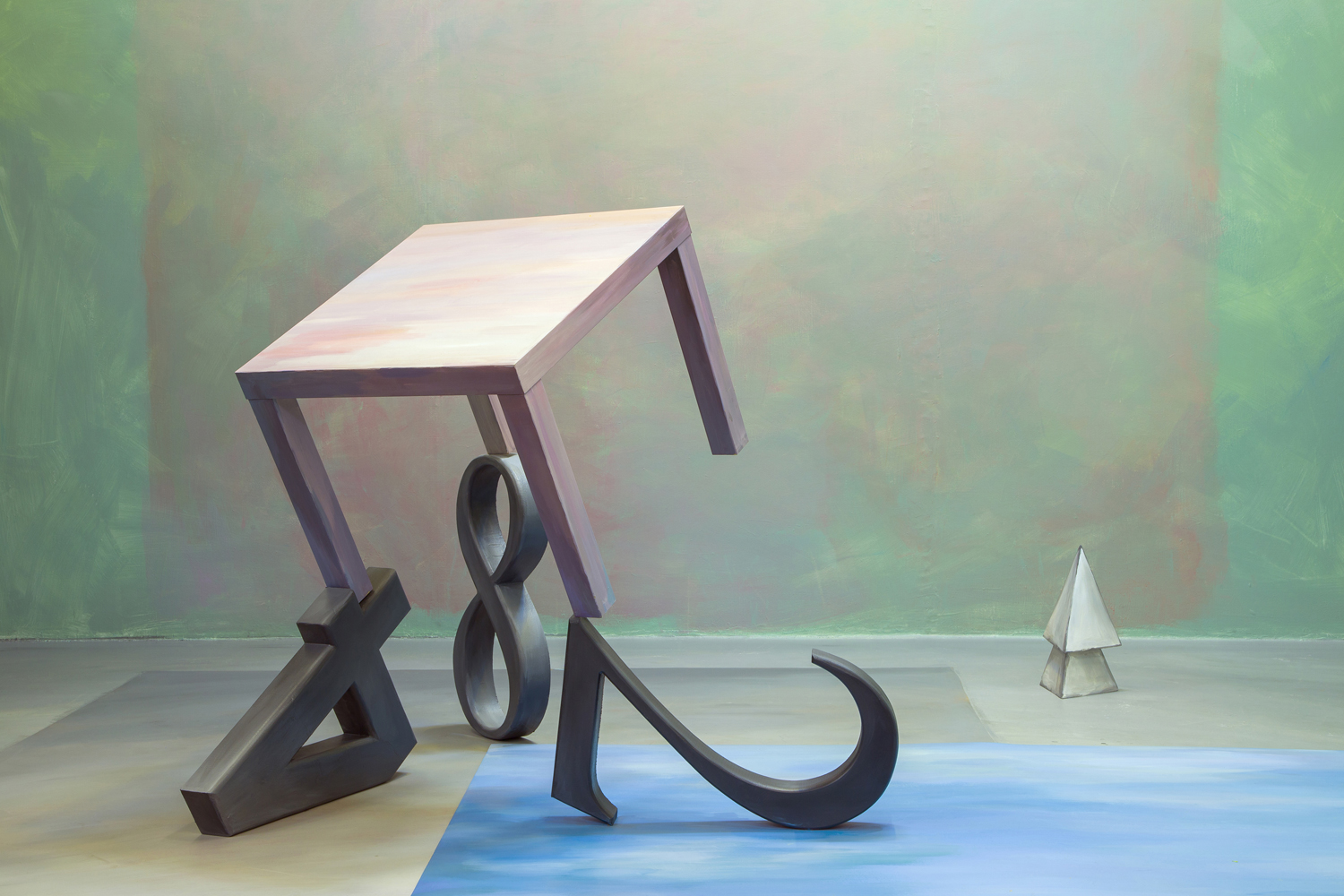Metarealism: Just What Is Real Anyway?
“We need, in other words, to grasp both sides of the paradox of the image: that it is alive but also dead, it is powerful but also weak, it is meaningful but also meaningless.”
The real and its reproduction are in a relationship of binarity. With Land Art coming into being, even nature has come into use as material for formative art beyond being a subject of art. This caused the age of innocence pursued by modernist art to give way to the age of convergence and fusion, and art began to produce much more dramatic scenery. The viewpoint to interpret realism has changed from visual illusion to dealing with real objects and materials. Ready-made can also be interpreted as the other side of realism. Aren’t we living in an age where mass-produced products can no longer be considered inanimate objects? Nature and civilization no longer confront each other and instead accept co-existence with each other, and civilization tries harder to look like nature while nature is incorporated into civilization as part of nature much more rapidly. Just like the advancement of science, the history of art has long been characterized by invention to find images that look much more real than reality itself, while introspection into unconsciousness and the inner world of the individual manifested by surrealists, to the contrary, was to escape the violence of civilization. The real and creation, and interior and exterior, and the outside and inside are in conflict, but simultaneously are a realm of paradox, convergence of the conflicting sides. The real is closer to phenomena, rather than the visual realm. Three media which represent formative art - painting, sculpture, and photography - are basically creations of the impulse of reproduction. It is true that each has its own unique characteristics with its merits and demerits, but they may not have separate origins. It has only been a short time since types of media were formally classified and domains were classified by type. That three-dimensional experimentation for two-dimensional art was conducted, and that physical painting, which was done in pursuit of visual illusion, attempted to claim its third dimension in modernist art are seen as manifestations of determination to overcome the limitations of media by taking advantage of properties of other media, rather than as the birth of interdisciplinary art. In this discussion, we should also of course consider the fact that Impressionism in the previous era emerged as a result of competition with photography. There have been ceaseless attempts to integrate the properties of all media without any discrimination, but too often the nature of new formative methodology has been transformed by yet another formalism called a mixed genre or pluralism. It seems that Yoo Hyun Mi also does not want her work to be interpreted as being mixed. Rather, she seems to pursue one formative principle in consillence of realism. Metarealism emphasizes the paradox of the attitude of an artist who works extensively on what the real is, rather than going beyond the real.
Yoo Hyunmi repeatedly undergoes the process for the real/outside world to be created as image. The image created by overlapping is visualized in a seemingly familiar world as uncanny 'mise en scene.' An unfamiliar scene is mostly suggested by photography and video, but what she is exploring, in fact, is about reproduction in visual art, rather than image itself. Her desire is emphasized by a method of manipulating realism intentionally. For example, she infuses sculptural concept into a ready-made object by putting a plaster bandage around it, and then on the surface of this sculpture-turned object she paints to reproduce the exterior of the real as a painting. Reality becomes a sculpture by artistic manipulation, and then a painting, and is reproduced as photography repeatedly. The image created by repetitive work becomes less and less being real and finally becomes something that cannot be defined as one medium. Her work of sculpture-like painting, painting-like sculpture, and photo-like painting distorts visual illusion to give one medium properties of other medium. Yoo's works, too, may very likely be defined in a limited way as mixed art. Her works, on the contrary, do not employ methodology of mixing different media or genres. Rather, she attempts overlapped reproduction by passing through the stages of objet-sculpture-painting-photography/video. The concept of mixed art explores new possibilities in the co-existence of diverse media and languages. However, in Yoo's work, properties of diverse media conflict with each other, and for this reason, the properties of diverse media embrace each other or compete against each other. The dominant subject in her art also focuses on production process of an image which emphasizes typical properties of media. If the rule of reproduction to prove the idea of Western art visually involves production of illusion beyond reality, You Hyun Mi's work subverts the rule of reproduction by adding a surface of illusion to the real. In this way, she applies the properties of different media which produce images to show visual contradiction and double optical tricks. She reinterprets categories of Western classical art to choose subjects of her work, which, in most cases, are condensed into still life, sculpture, and human figure. Her video, in particular, depicts the process of the real to be reduced into image. The real here includes all living and nonliving things. In her Bleeding Man, Yoo tells us a story of a next-door neighbor who became an intruder. An unpleasant neighbor and his friends who intruded into the house of this man made him immovable and began to change this man's home including the man himself into a 'picture.' A man locked in the picture could not move his body: only the movement of bloodshot eyes and anxious pupils show that he is alive. The real which became a picture causes time to stop. Here, timelessness, the most powerful property of image, reflects the common attitude of the public towards fine art. As indicated in her video work, the man who became a picture is fossilized, yielding anemically to the violence called picture image. However, the man reappeared in the epilogue of a video and is looking at himself fossilized in a picture. This antinomic scene follows the structure of many dramatic reversals that shows the mentality of a man. Reality and imagination, and the scene of a man looking at himself as an existential subject and an image tell us that the art of Yoo Hyunmi is between living and death of an image in relation of the real world and reproduction.
Duchamp combined a plaster cast of his own cheek with a pencil-drawn sketch of his profile in his work With My Tongue in My Cheek (1959). Two media, drawing and sculpture, coexist in this piece. If Duchamp's readymade concept in his earlier years (he invented the concept in the 1910s) involved choosing existing objects on the ground, With My Tongue in My Cheek becomes a reference to new works afterwards. That is, after a readymade object became qualified for a work of art, the work of art becomes a readymade object for another new work of art. Now, the real becomes a reference, that is, an archetype, for reproduction connected with a reproduced image, rather than a fixed object as an archetype of the image. The process in which Yoo reproduces the original archetype, which she repeatedly reproduces with different media, seems to be inspired in part by a Duchampian concept. H. Foster's book The Return of the Real: The Avant-Garde at the End of the Century analyzes the view of R. Krauss, who interpreted the movement of avant-garde artists including Duchamp as an index rather than a sign. Given the circumstances of that time, few signs were seen as if it was a reversal phenomenon. Krauss analyzed fine art in which cultural messages disappeared under the dominance of photography technology, while others with different views have tended to see the same phenomena as ideology. Such tendency expresses the conflict experienced by the early post-modernists. This situation was very similar to that of the contemporary Korean art scene today. Perhaps, the art Yoo aspires to create focuses on visual direction rather than cultural message. If so, how does Yoo interpret the absence in reciprocality between creative work and society? I will compare Yoo's style with French nouveau roman, also called avant-garde novel, of the mid-20th century. Nouveau roman marked a radical departure from the conventions of the traditional novel. Claude Murcia says that the emergence of nouveau roman reflects the advent of new relations towards the world. If we look at Yoo's formativeness from nouveau roman perspective, we can see that she is determined to depart from stereotypical classification of media and definitions. Of course, Yoo says it is because she does not want to give up anything, be it painting, sculpture, or photography. We can interpret this as her determination to find something that would not be subordinated to any media or any formalism. W. T. Mitchell argues that all media are mixed, because, he says, we can analogize it easily when we see the Utopian world view of artists that aspires to purity of media. In other words, the purity pursued by modernist artists is the purest among all the properties of media. They tend to be refined to the purist state only after separation of originally mixed properties of media through analysis. If so, art pursued by post-modernism should be understood as an effort to overcome the limitations of formalism categorized as earlier mentioned, rather than as a concept of mix or pluralism. Today, the relationship between image and media requires understanding of plural reciprocality rather than unitary relation. Image no longer exists as image only. Sometimes a phantom and other times yearning, it becomes 'living image,' which is, 'a meta-picture' as Mitchell called it. The life of an image depends on the attitudes of us who see it, the attitudes of us who treat the images so ubiquitous in our everyday living as real things. It is our duplicity that sees an image that gives birth to meta-picture from the image. What indeed is it what we are looking at? Is it real or virtual? This is the question Yoo Hyunmi is asking to us.
Jeong HYUN (Art Critic)
